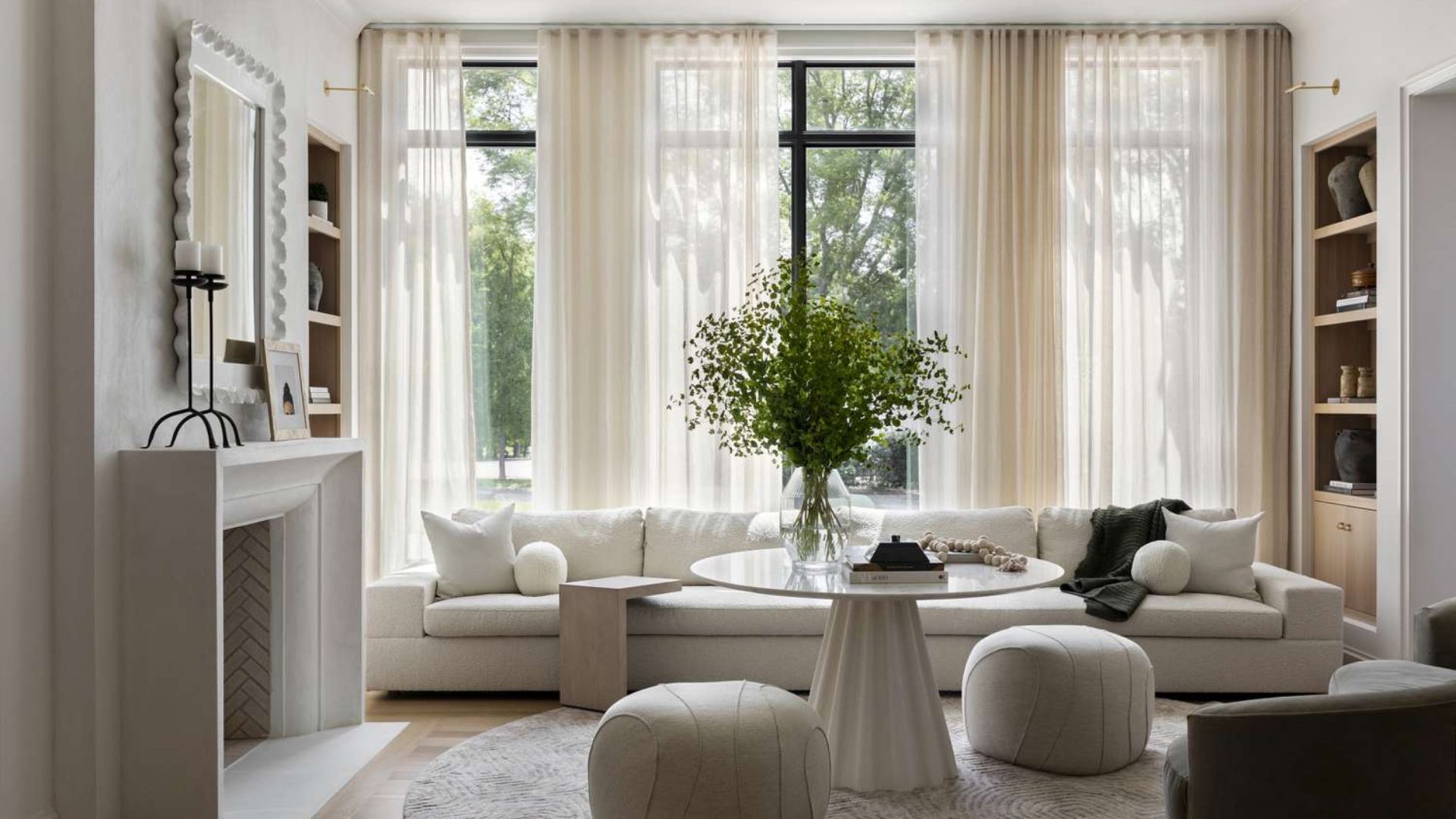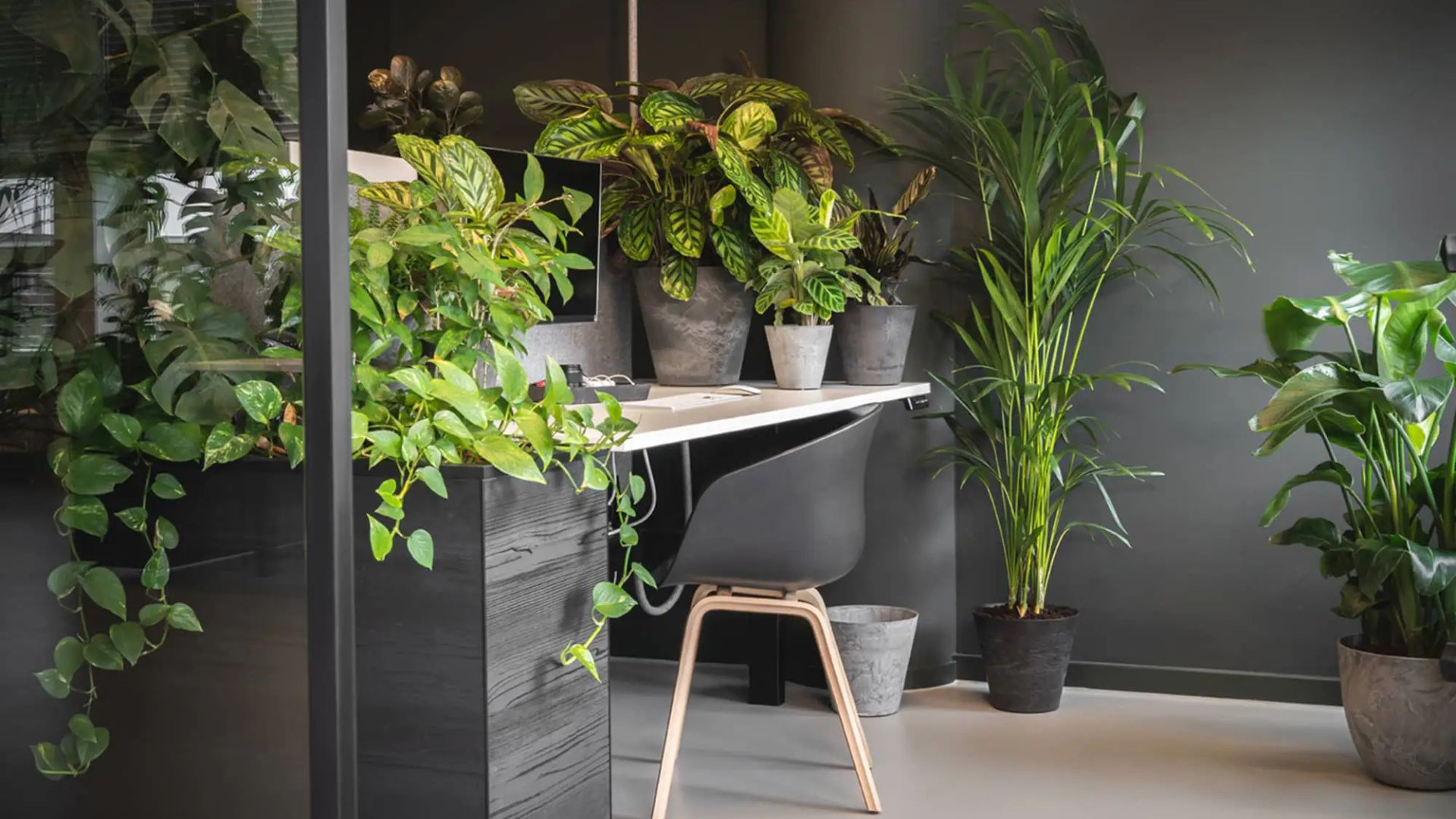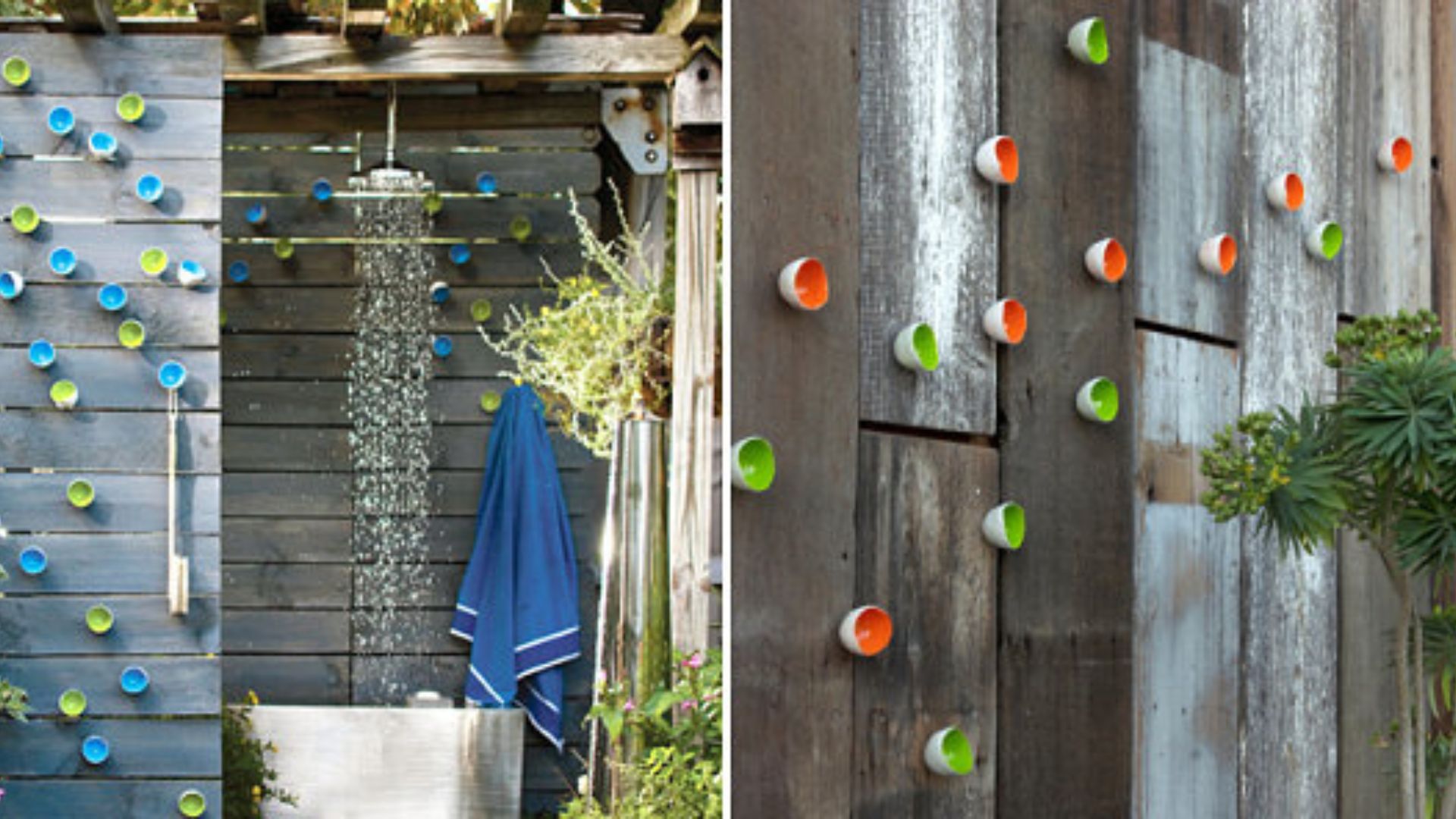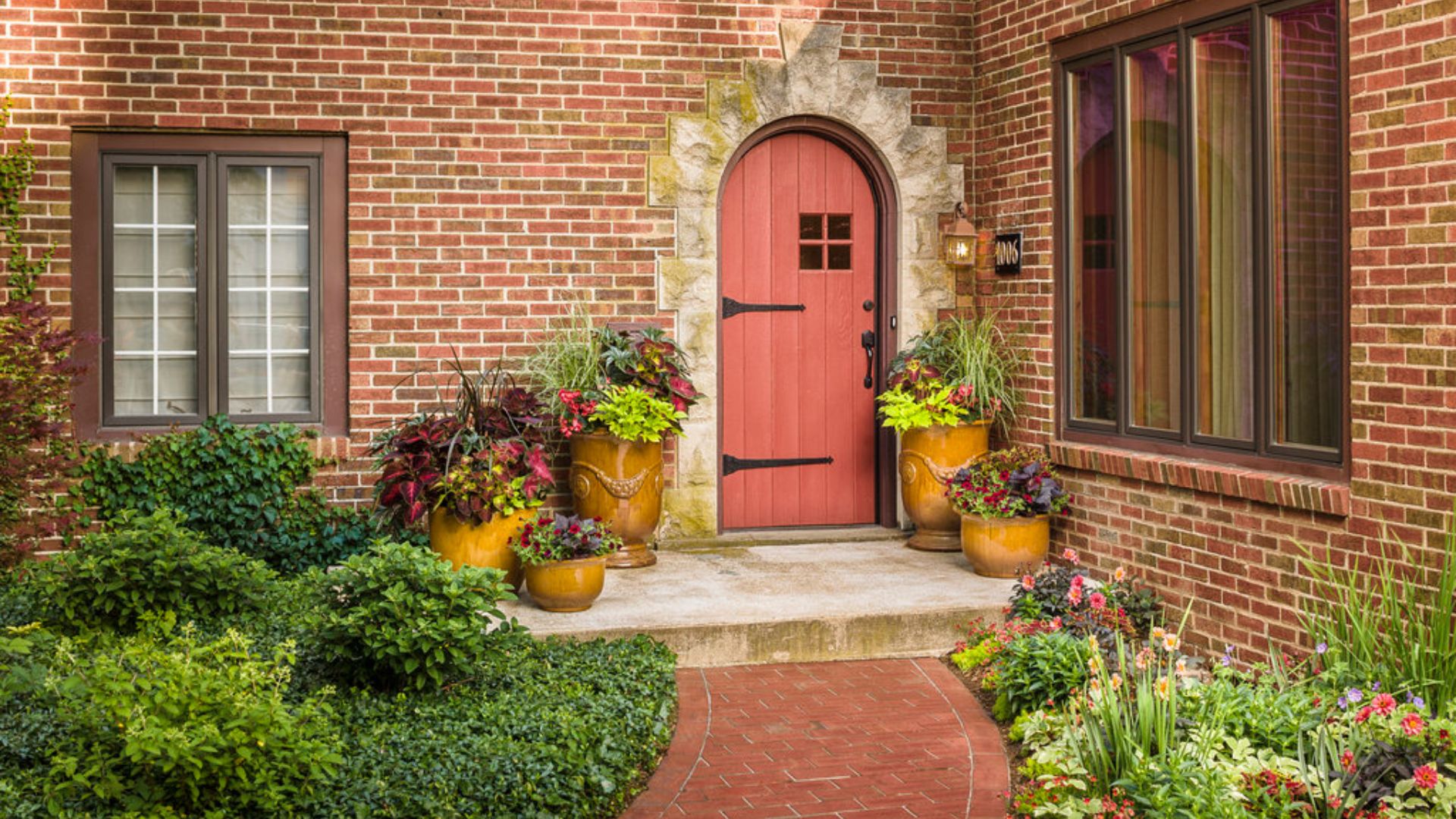Minimalist spaces enhanced through decorations combine simplicity with style to create calm and inviting environments. Minimalism focuses on clean lines, open spaces, and functional design. However, decorations can add warmth, personality, and visual interest without cluttering the space. Moreover, thoughtful decorative choices allow people to enjoy simplicity while expressing creativity and taste.
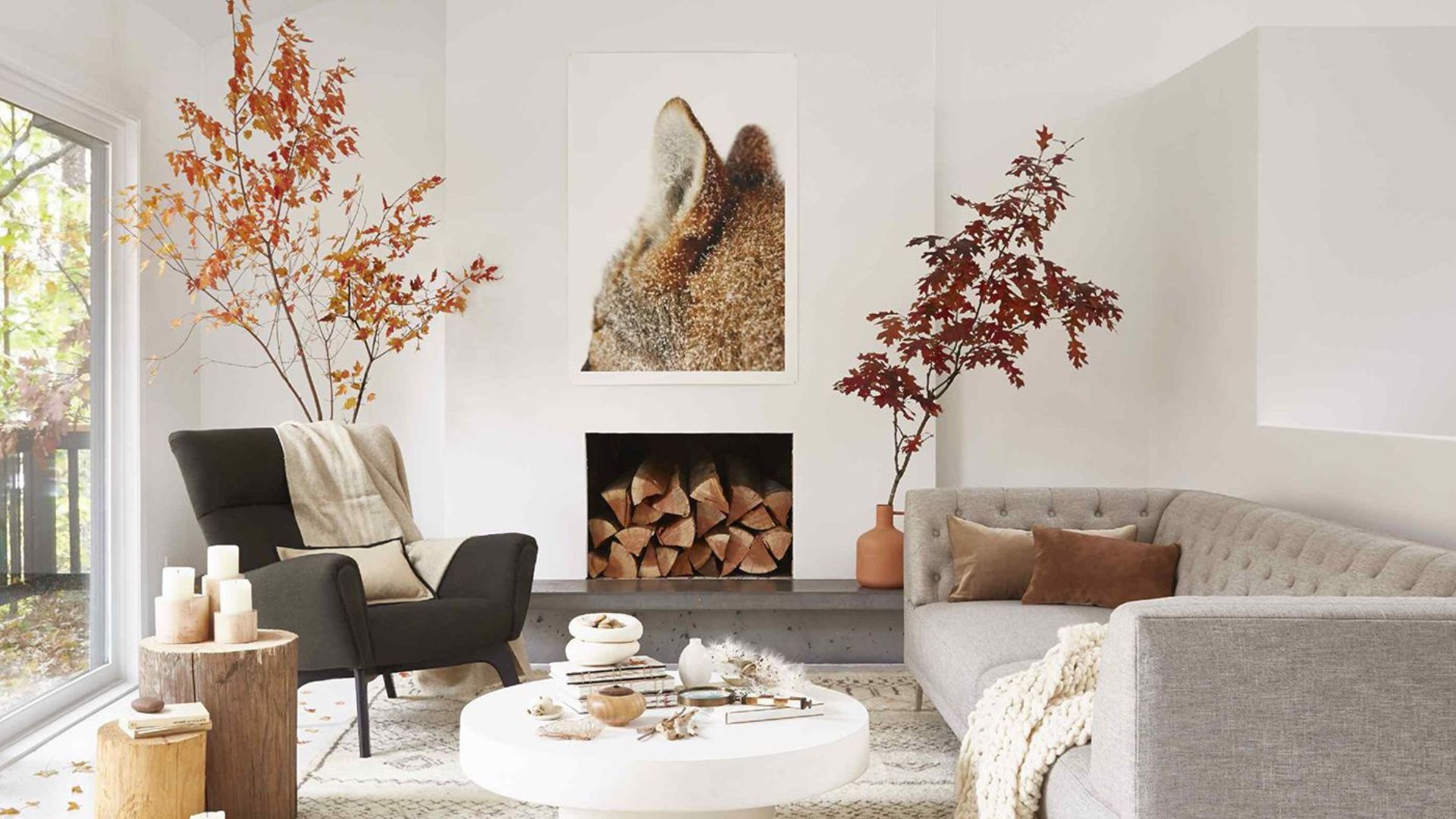
The Importance of Color in Minimalism
Color is a subtle yet powerful way to enhance minimalist spaces. Neutral tones such as white, gray, and beige provide a calm backdrop. Furthermore, accent colors in small doses, like cushions or vases, create focus points without overwhelming the room. Using color strategically maintains simplicity while adding depth and energy.
Tips for Color Use
-
Stick to a limited palette of two to three colors.
-
Use natural materials for muted tones.
-
Add pops of bright color sparingly for visual interest.
-
Coordinate furniture, rugs, and art to create balance.
Lighting Creates Ambience
Lighting plays a crucial role in minimalist spaces. Natural light opens up rooms and makes them feel airy. In addition, soft artificial lighting, such as floor lamps or wall sconces, adds warmth and comfort. Moreover, strategically placed lighting highlights key decorative elements, enhancing the overall aesthetic without adding clutter.
Textures and Materials Add Depth
Minimalist spaces can feel flat without texture. Incorporating materials like wood, linen, stone, or metal introduces visual interest. Furthermore, mixing textures subtly creates contrast and warmth. For example, a wooden coffee table on a neutral rug or a linen throw on a simple sofa adds dimension while maintaining minimalism.
Functional Decorations for Minimalist Spaces
Decorations in minimalist spaces should always serve a purpose. Functional items such as storage baskets, elegant lighting, and multipurpose furniture combine style and utility. Moreover, functional decorations prevent unnecessary clutter while keeping the space practical. Consequently, the focus remains on simplicity and efficiency.
Examples of Functional Minimalist Decor
-
Floating shelves for books and plants
-
Multi-use furniture like storage ottomans
-
Minimalist wall art that complements the palette
-
Simple vases or bowls for flowers or fruits
Adding Greenery for Life and Calm
Plants are perfect decorations for minimalist spaces. They introduce color, life, and a sense of calm. Furthermore, small potted plants, succulents, or single stems in simple vases maintain simplicity while enhancing the atmosphere. As a result, greenery creates a fresh and inviting environment without adding visual noise.
Seasonal Updates Without Clutter
Seasonal decorations can work in minimalist designs if done thoughtfully. Subtle changes, such as a few autumn leaves, spring flowers, or small festive accents, keep spaces fresh. Additionally, rotating decorations each season allows for variety while preserving the minimal aesthetic.
DIY Decorations for Personal Touch
DIY projects are ideal for enhancing minimalist spaces. Handmade items like simple wall art, small planters, or custom cushions add personality. Moreover, DIY decorations are often sustainable and allow for creative expression. They provide a unique touch that complements the simplicity of the space.
Maintaining Balance and Harmony
The key to minimalist décor is balance. Decorations should never overwhelm or crowd the room. Instead, they should enhance, highlight, and harmonize with existing elements. Furthermore, spacing, alignment, and proportion are essential. When done correctly, every decoration feels intentional and meaningful.
Sustainable Choices in Minimalist Decoration
Sustainability fits naturally with minimalist principles. Choosing eco-friendly materials, upcycled décor, and energy-efficient lighting reduces environmental impact. Moreover, sustainable choices often inspire simplicity and intentionality, which aligns perfectly with minimalist philosophy.
Conclusion
In conclusion, minimalist spaces enhanced through decorations can remain simple, elegant, and functional while adding personality, warmth, and style. By combining color, lighting, texture, greenery, functional items, and seasonal or DIY touches, minimalist spaces feel inviting and unique. Ultimately, thoughtful decorations allow people to enjoy minimalism without sacrificing comfort, charm, or creativity.






